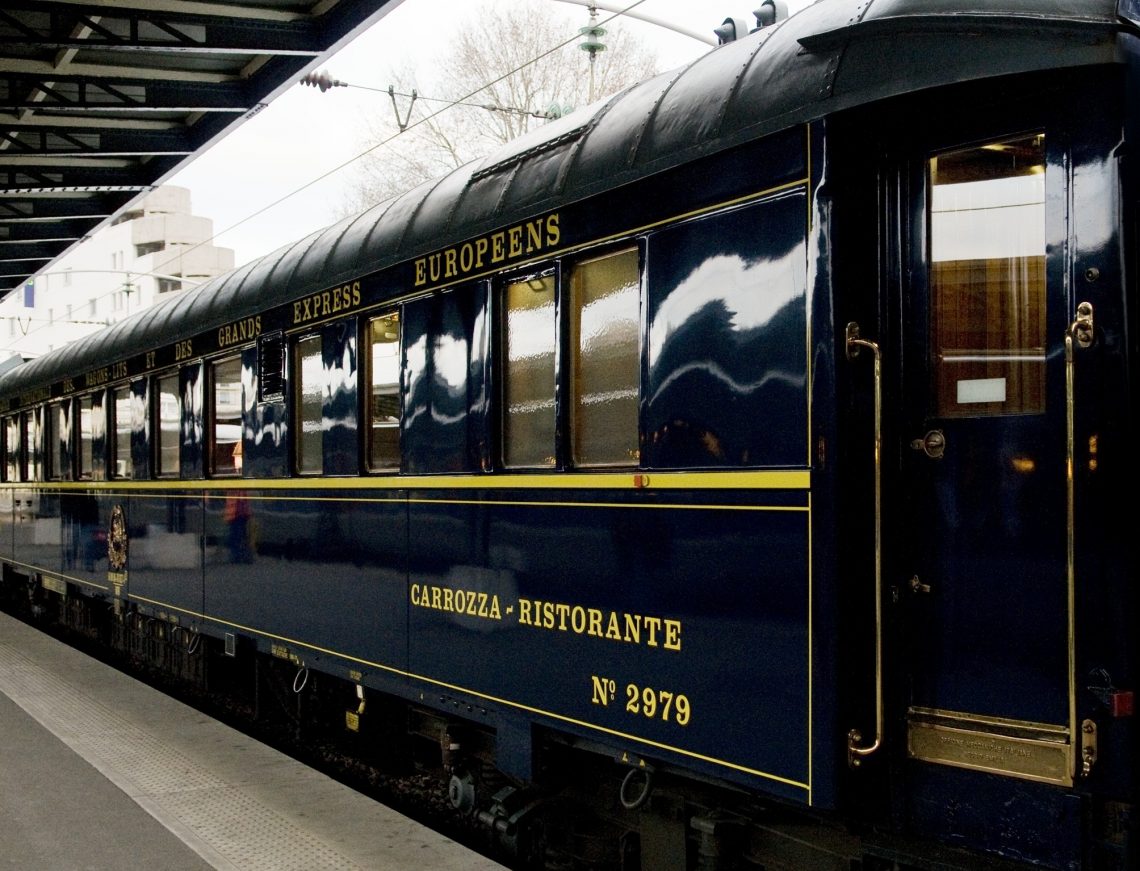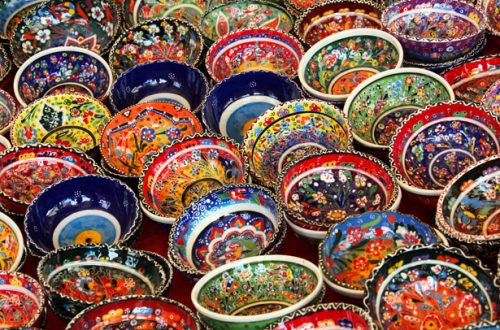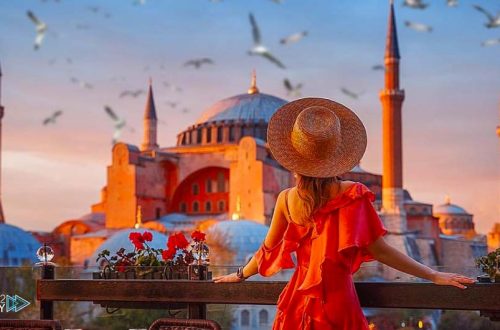
The myth of the Orient Express
…I’ll tell you a fascinating story about the Orient Express.
The Orient Express has always been the symbol of the connection between Europe and Asia. It was not just a train. The Orient Express has always made me dream about its aristocratic and elegant travellers from all over Europe. The train was sumptuously and exquisitely furnished, nothing less than the greatest luxury hotels. But above all, it sped at full speed across all of Europe, up to its last stop, Istanbul.
I discovered Agatha Christie’s novels when I was still a child. Whether they were books or films, I was (and still am) passionate about this great English writer, who was able to describe the mysterious Middle East in such a talented way.
Murder on the Orient Express
I grew up in the cold and rainy Normandy, frantically waiting for the holidays so we could go back to Turkey, where I left a part of myself behind every year. I saw Turkey as the country where it all began, a land abandoned with pain and melancholy by my family, my father and two other uncles, who headed for France, while other relatives relocated to Germany, others to Switzerland, to Austria or the Netherlands. We left behind this splendid country which, in those days, did not offer us much.
Such was my amazement, when, on a very banal and rainy Saturday afternoon I had been allowed to go for a walk in the city centre of Le Havre, when I saw a shop, (in French “le bouquiniste”), which sold books of all genres but mostly used books. The smell of old manuscripts will remain forever etched in my mind, a smell that poured out so many secrets of history, of the past, of its many readers.
My gaze fell on a book, Murder on the Orient Express. Of course, I knew all about the writer because I was an avid reader, and she was my refuge. Agatha Christie knew how to transport me far away. But the title intrigued me: the Orient Express! What was this East ever be, would there ever be to write about the East … the same East that all the members of my family left to come to the West. I had to find out …
Although we are now talking about a bygone era, Agatha Christie was able to describe and tell the glory of the countries of Mesopotamia, or as it is more commonly called, the cradle of civilization. And “I” was from there. Suddenly, as young as I was, stuck between two cultures and two ever-so-different countries, I felt proud and satisfied. If Agatha said it, it was true. I belonged to something great.
Against the backdrop of archaeological excavations or the Nile, Agatha Christie knew how to make even the most heinous crimes intriguing. The story that most fascinated me was “Murder on the Orient Express”.
I recommend this novel, if you read if you are passionate about detective stories: Murder on the Orient Express.
Of course, the project, which began in the eighteenth century, involved a journey from London to New Delhi, which was sadly interrupted by the dramatic First World War. Consequently, the train tracks put into operation was the one from London to Istanbul.
The initial project was designed to pass through Istanbul, throughout the Ottoman Empire, and then continue on from Iran, up into India. It was nothing less than a pharaonic project, which recalls how much Europe needed to connect to Asia and consequently how much the gateway to the East has always been a fundamental step in intercontinental connections.
Istanbul offered two train stations, Sirkeci (on the modern west bank) and Üsküdar (on the east bank). Sirkeci became the final stop on this epic journey of this historic train.
The Üsküdar district
Üsküdar, formerly called Shkodra, is the district famous for its magical Leandro tower or Kiz Kulesi, as it is called in Turkey. Üsküdar is a truly unique and atypical district, which represents the cultural mix and history of the city. It is an authentic district, albeit less visited compared to the districts of the west bank, but it offers an authentic identity of Istanbul, a symbol of a historical and socio-cultural mixture.
The Sirkeci neighbourhood
The Sirkeci district, on the west bank, is located in Eminönü, in the Fatih district. Sirkeci was Orient Express the arrival point. This neighbourhood is one of the places I never fail to pass by. Many members of my family have been working there for generations.
Sirkeci is the historical business district due to its strategic position in the old city. Certainly, being named the terminal station of the Orient Express has increased its prestige and its mystery. The neighbourhood is sparsely inhabited, as I remember it, because there are traders and workshops everywhere. It is a place filled with noises, teeming with shopkeepers grappling with their customers to do business, full of vans that load and unload goods at all hours. Sirkeci represents, together with other neighbourhoods, the trading spirit of the country.
I would almost say that each district has its own identity and that each of them represents a different aspect of the city. All the districts, with their particularities, symbolize the uniqueness of Greater Istanbul.
The legendary train
The Orient Express has become the legendary train in railway history. It has never been forgotten, despite several service interruptions. It remains a symbol of elegance, luxury and refinement. The train had stopped running in the 1970s, until another company took up the concept, launching a luxury train in the image of the Orient Express. So clearly, the current one is not the original Orient Express, despite its similar amenities and decorations.
With her novel, the famous English writer, has actively participated in creating the myth of the Orient Express where complex and melancholy minds intertwine, but where the finely honed, acute mind of the brilliant private investigator Hercule Poirot will be able to solve the riddles of one of his most emotionally trying cases.
Two French companies are currently working to revive the Orient Express within a few years. The goal is to renew the original train in all respects, including the stages. It will be a dream trip that will allow you to cross great European capitals to finally reach Istanbul, the gateway to Asia.




